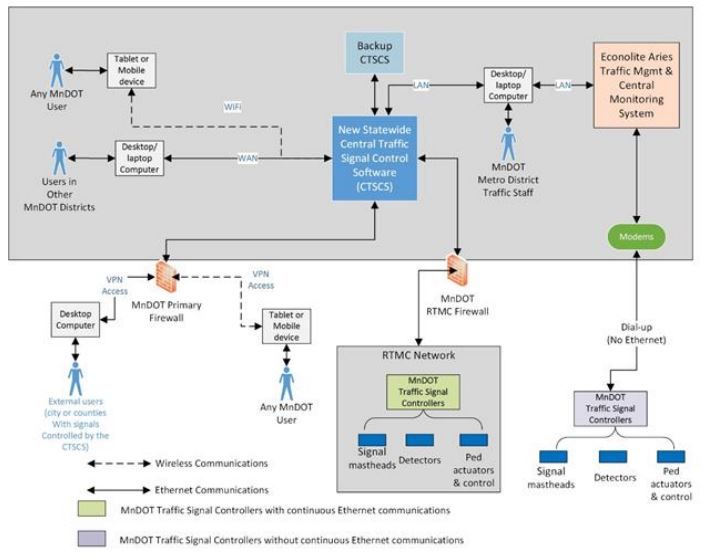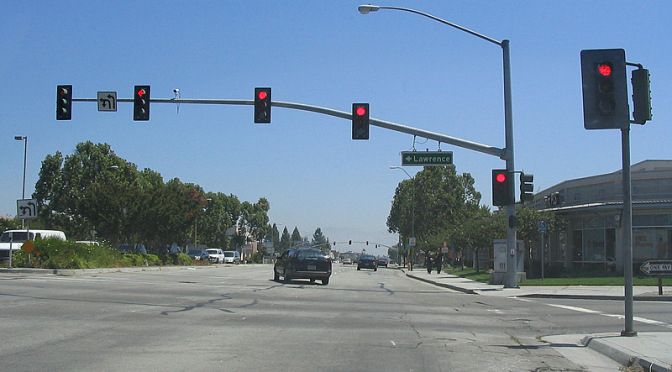Researchers at the University of Minnesota (UMN) have been working on a project to unify intersection control data to help pave the way for the development of smarter traffic signals and road management platforms.
Traffic signals have advanced considerably over the last 70 years, evolving from the simple time-based signals of the 1950s to the current dynamic and ‘adaptive’ systems that allow for the real-time adjustment of timings according to live traffic conditions. As a result, the data used for intersection control have become increasingly complex and important to transportation agencies, researchers, and private companies involved in developing models and technology. However, a standardised and universal format for the storage and access of this data has not yet been developed.
To remedy this data challenge, UMN researchers have compiled intersection control information from traffic signal control professionals throughout the state of Minnesota. This information was used to propose a unified code of Intersection Control Information (ICI) for developing future traffic models and technology systems. Signal optimization experts at the Minnesota Department of Transportation (MnDOT) are also eager to use Central Traffic Signal Control Systems (CTSCS) for managing traffic near construction zones more strategically and effectively, in order to combat the frequent and often severe disruption of traffic that these zones can cause.
The MnDOT-sponsored project focused on three main objectives:
- First, researchers worked to collect intersection control information from all Twin Cities metropolitan-area jurisdictions and automate the importation of this information into each jurisdiction’s CTSCS applications, including MnDOT’s construction design tools;
- Next, they identified the most inclusive format to represent all required information and developed a comprehensive Unified Set of Intersection Control Information (U-ICI) that contains all the necessary data;
- Finally, researchers designed a regional database of U-ICI and proposed methods for importing and exporting data between the central database and applications used by local jurisdictions

A key component of the research project was surveying and conducting in-depth interviews with traffic professionals who work with traffic signal data. As a result of this project, MnDOT now has the full range of intersection signal control data used across the state. Researchers have determined these data can be imported, stored, and delivered through a cloud-based method.
“Historically, the availability of traffic signal control information and data formats has varied across jurisdictions,” explained John Hourdos, director of the UMN’s Minnesota Traffic Observatory (MTO). “Using Central Traffic Signal Control Systems can support recent trends toward more dynamic traffic models and controls, as well as advances in automated intelligent vehicles. Identifying the needs of different stakeholder groups allowed us to produce an organized, comprehensive format for intersection control information.”
Kevin Schwartz, a signal optimisation engineer with MnDOT’s Metro Traffic Engineering Division, commented, “A unified set of intersection control information is valuable for developing a regional signal timing database to model construction project impacts and provide standardized information for use with connected vehicle technologies. With these findings, we can begin to consider projects that use CTSCS to mitigate construction-related traffic delays and support intelligent vehicle technologies.”





